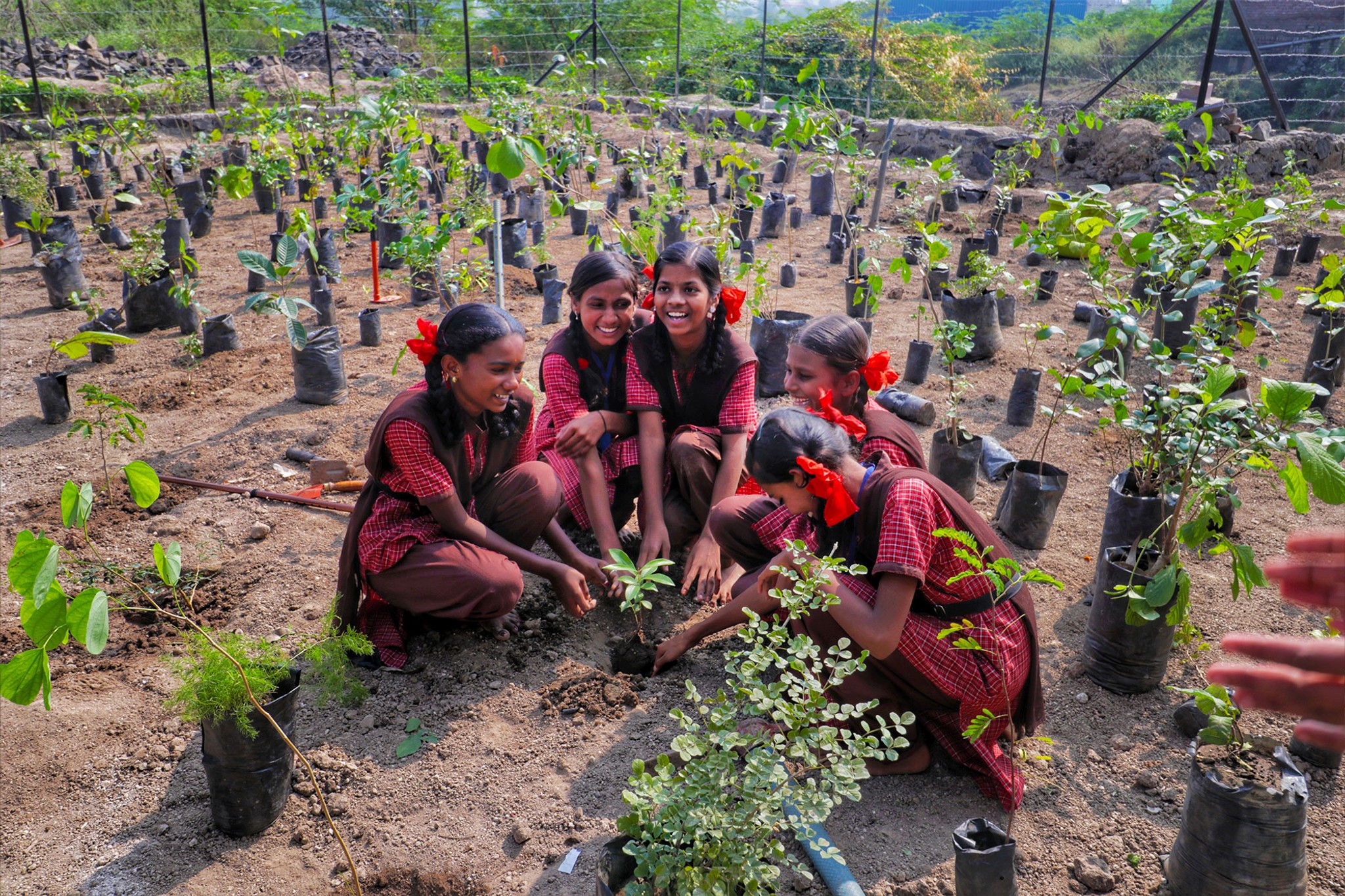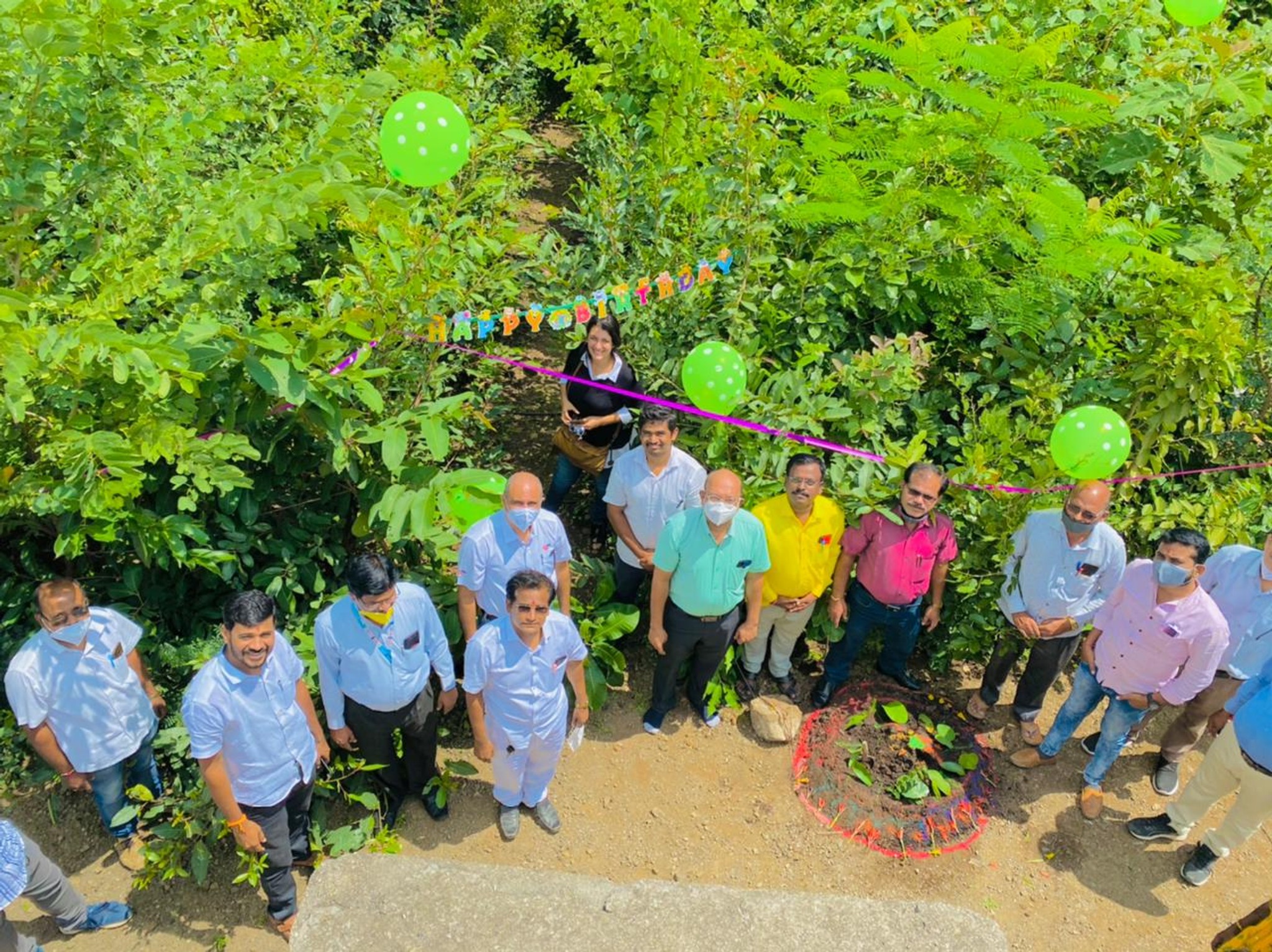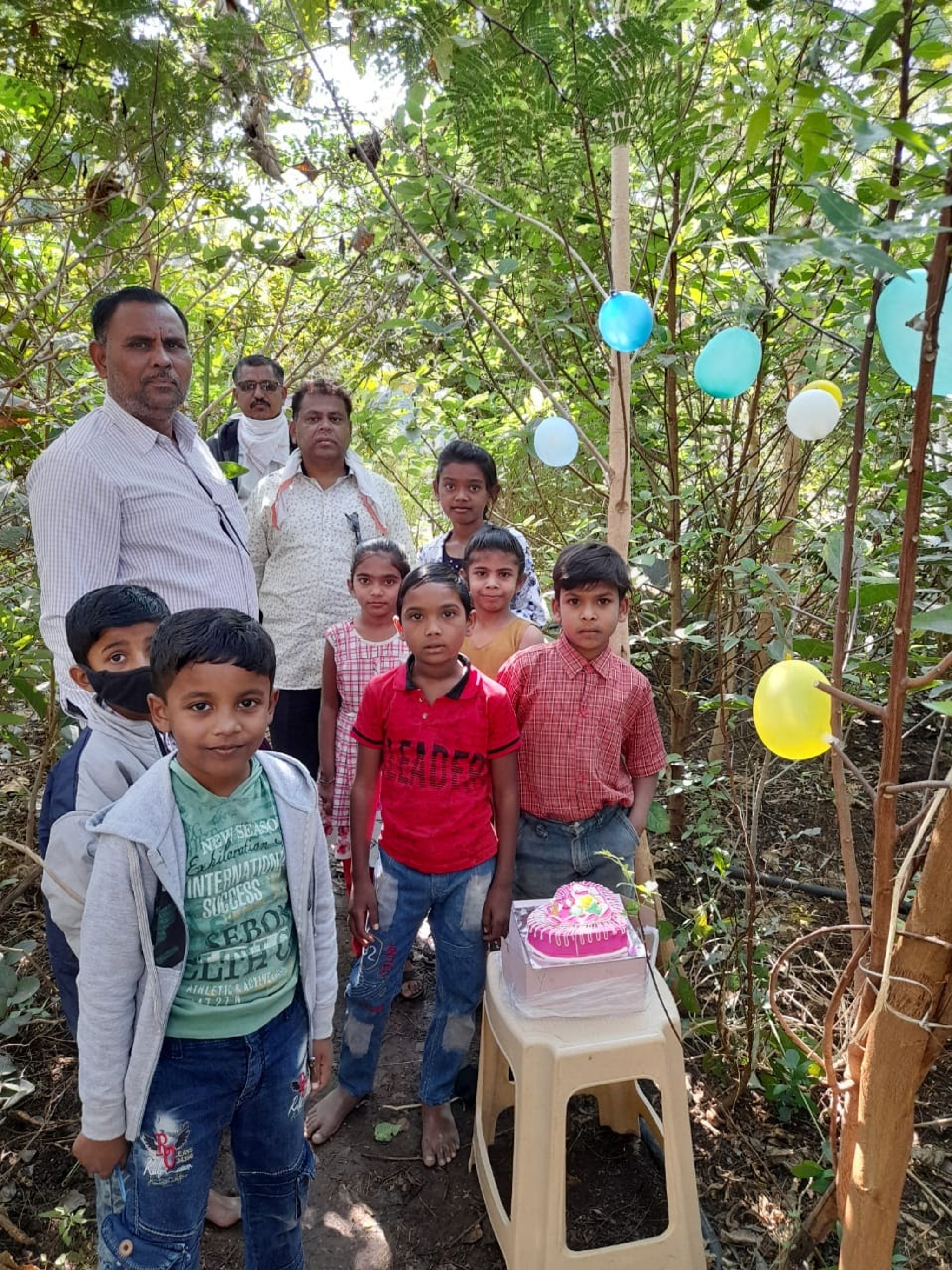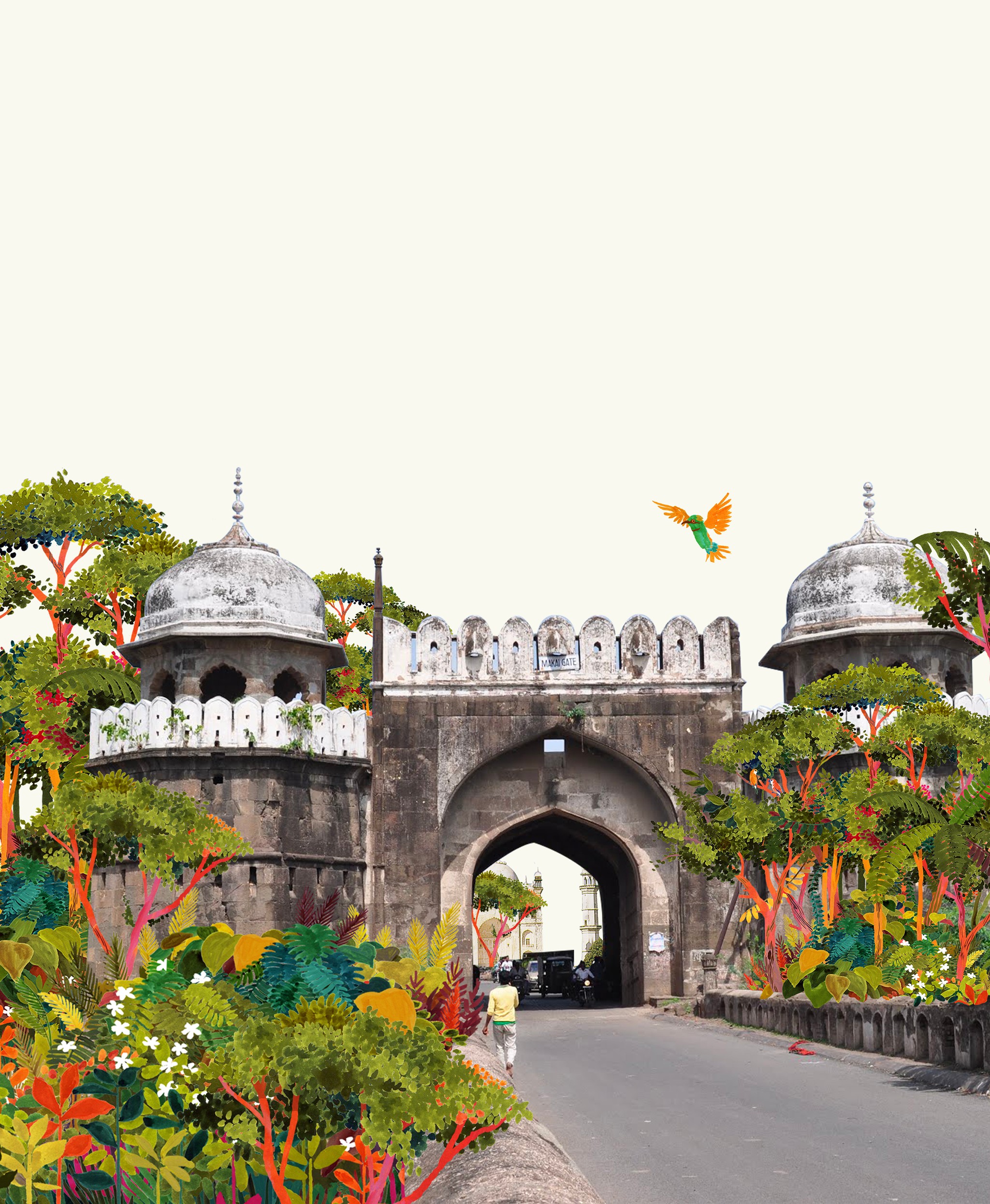Green Schools
50 Schools, 50 Forests.

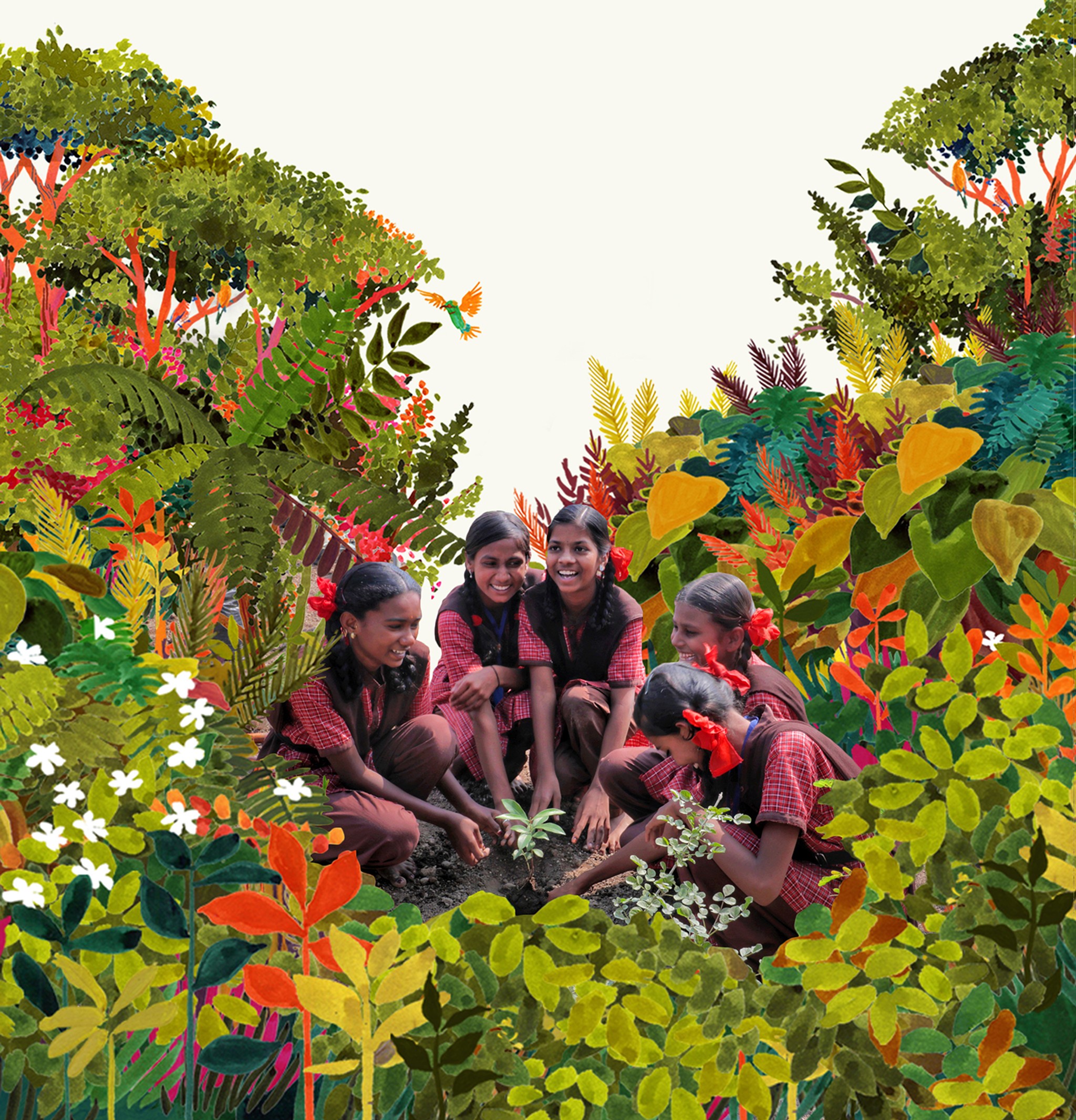
0
Trees
0
Square Meters
0
Native Species
0
Youth Impacted
Self Sustaining Forests
Planted between August 2020 and January 2021, these school forests have proven to be a tremendous success, promoting both biodiversity and environmental education.
All 50 forests have exceeded growth expectations, with dense canopy layers already formed. Teachers and students have reported sightings of wildlife, including rabbits and snakes, highlighting the positive ecological impact and the establishment of healthy ecosystems. Wild native honey bees (Apis cerana) have been using the forests to build their hives, with a large hive spotted in the trees at ZP Bhivdhanora, and the husk of a fallen hive seen on the forest floor at ZP Tarupimpalwadi. Most notably, an Indian grey mongoose was seen crossing a path in the forest at ZP Murumkhedawadi. Saplings have also been observed sprouting from the base of the more mature trees in many of the forests, indicating successful natural regeneration.
The large-scale initiative has been widely praised for not only enhancing local biodiversity but also for its role in promoting environmental awareness among the community, inspiring future generations to engage with and protect the natural world.
Forest Maker
EcoSattva
Forest Partner


Ecosystem Restored
Final report: 21.11.2024
After approximately three years our SUGi Pocket Forests become self-sustaining. They no longer require human maintenance or watering, and can be handed over to Nature for biodiversity and complexity to naturally develop.
0%
Survival Rate
0
People living within 300 meters
0
kg of potential CO2 sequestration
ZPPS Tarupimpalwadi


ZPPS Mulani Wadgaon
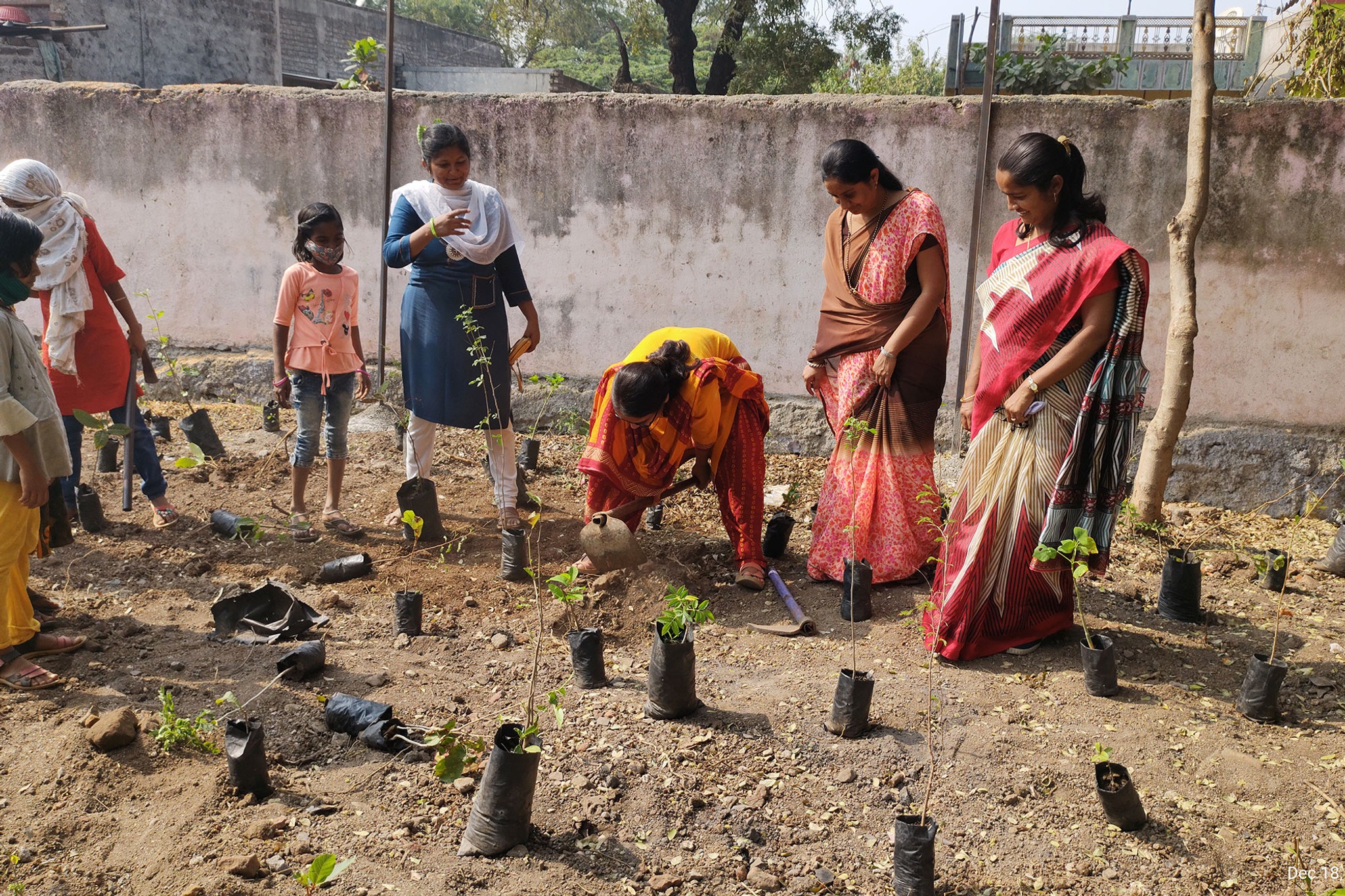

ZPPS Jayakwadi


ZPPS Ranjangaon
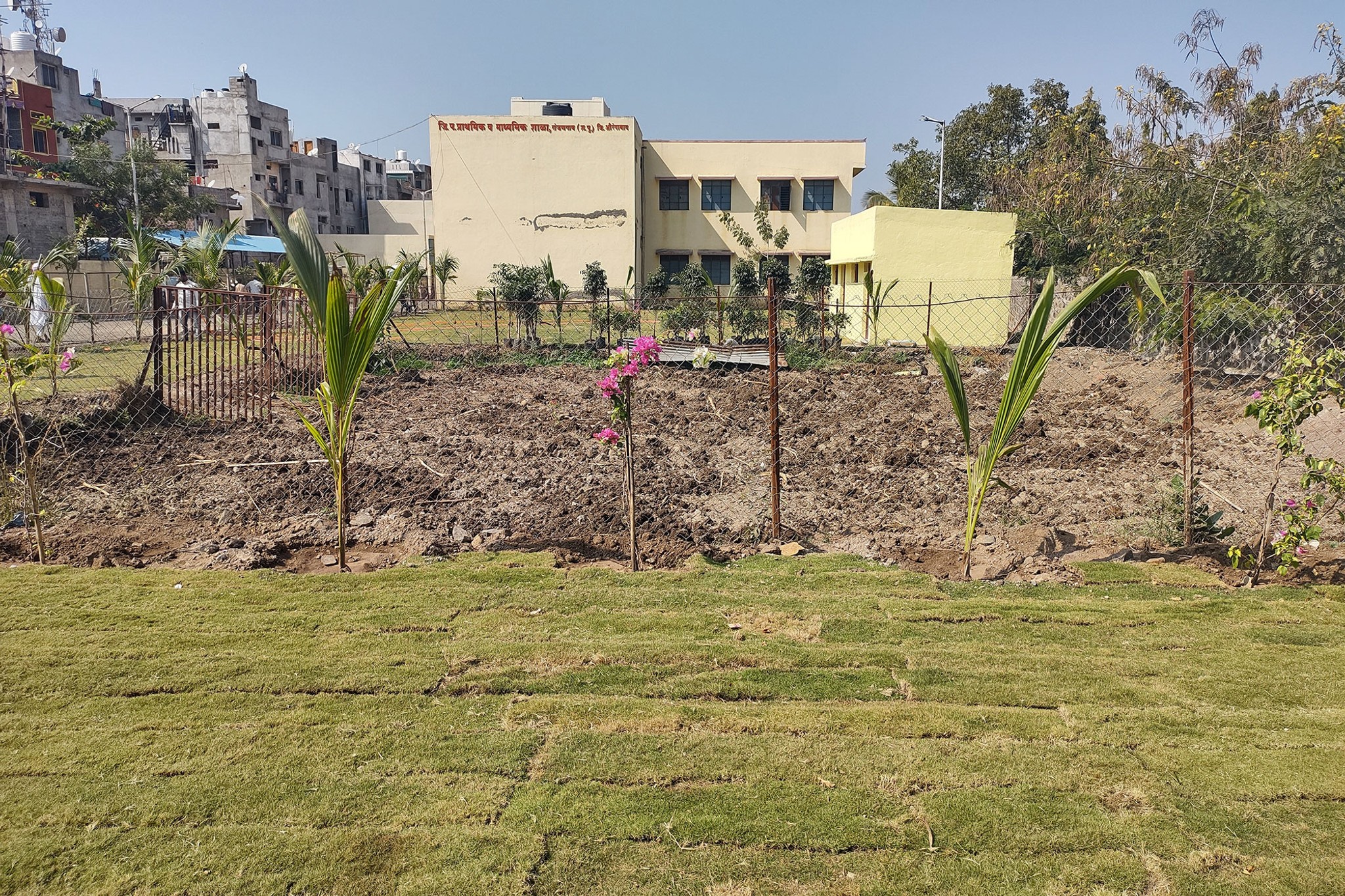

ZPPS Itawa
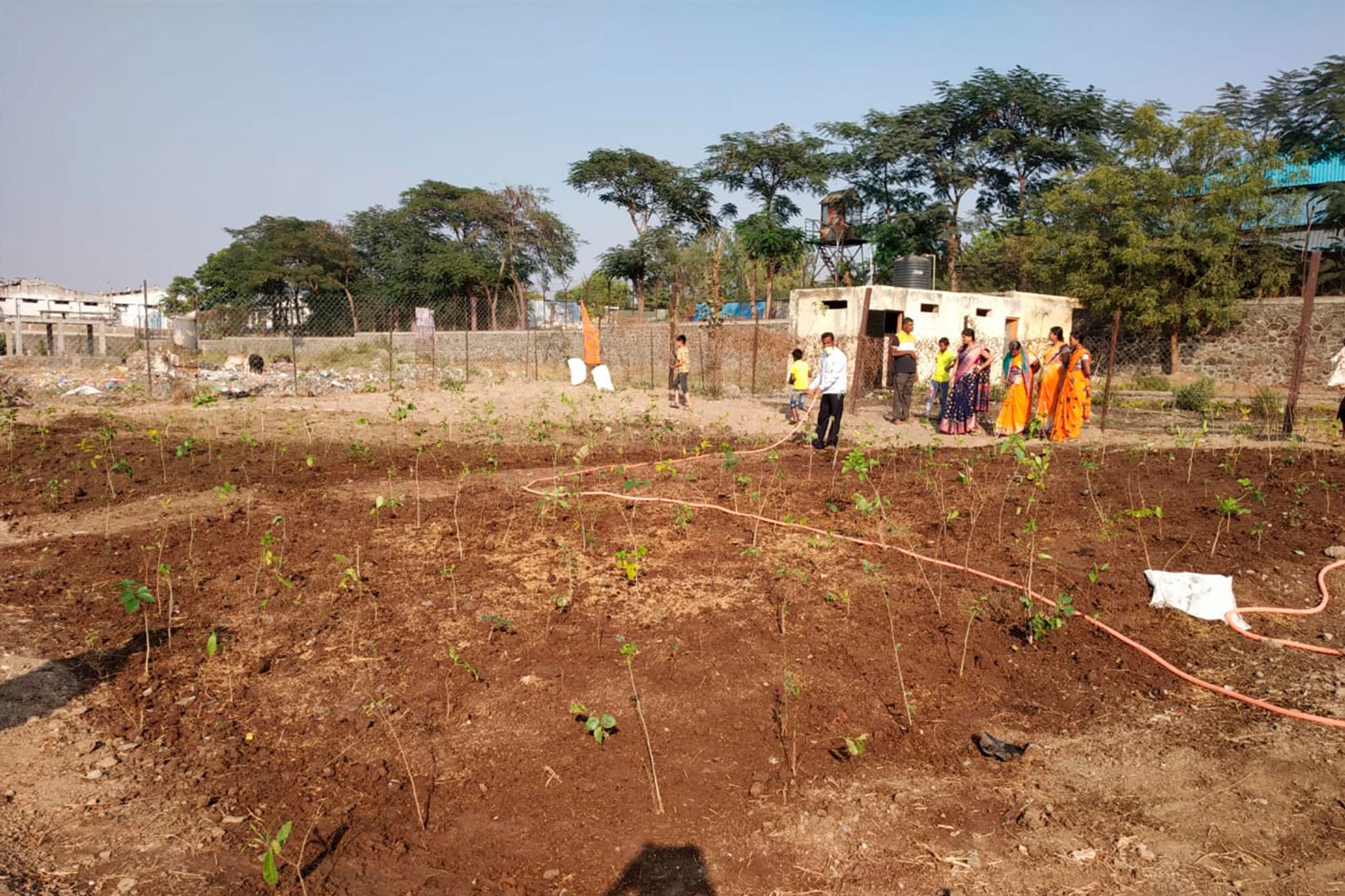

ZPPS Hivarkheda Gautala


ZPPS Kaygaon


Biodiversity
Biodiversity is all the different kinds of life you'll find in one area—the variety of animals, plants, fungi, and even microorganisms like bacteria that make up our natural world. Each of these species and organisms work together in ecosystems, like an intricate web, to maintain balance and support life.
0
Potential number of mammals
0
Potential number of birds
0
Potential number of amphibians
Forest Report: 2023
0 Years
Forest Age
0%
Survival Rate
0m
Average of Tallest 3 Trees
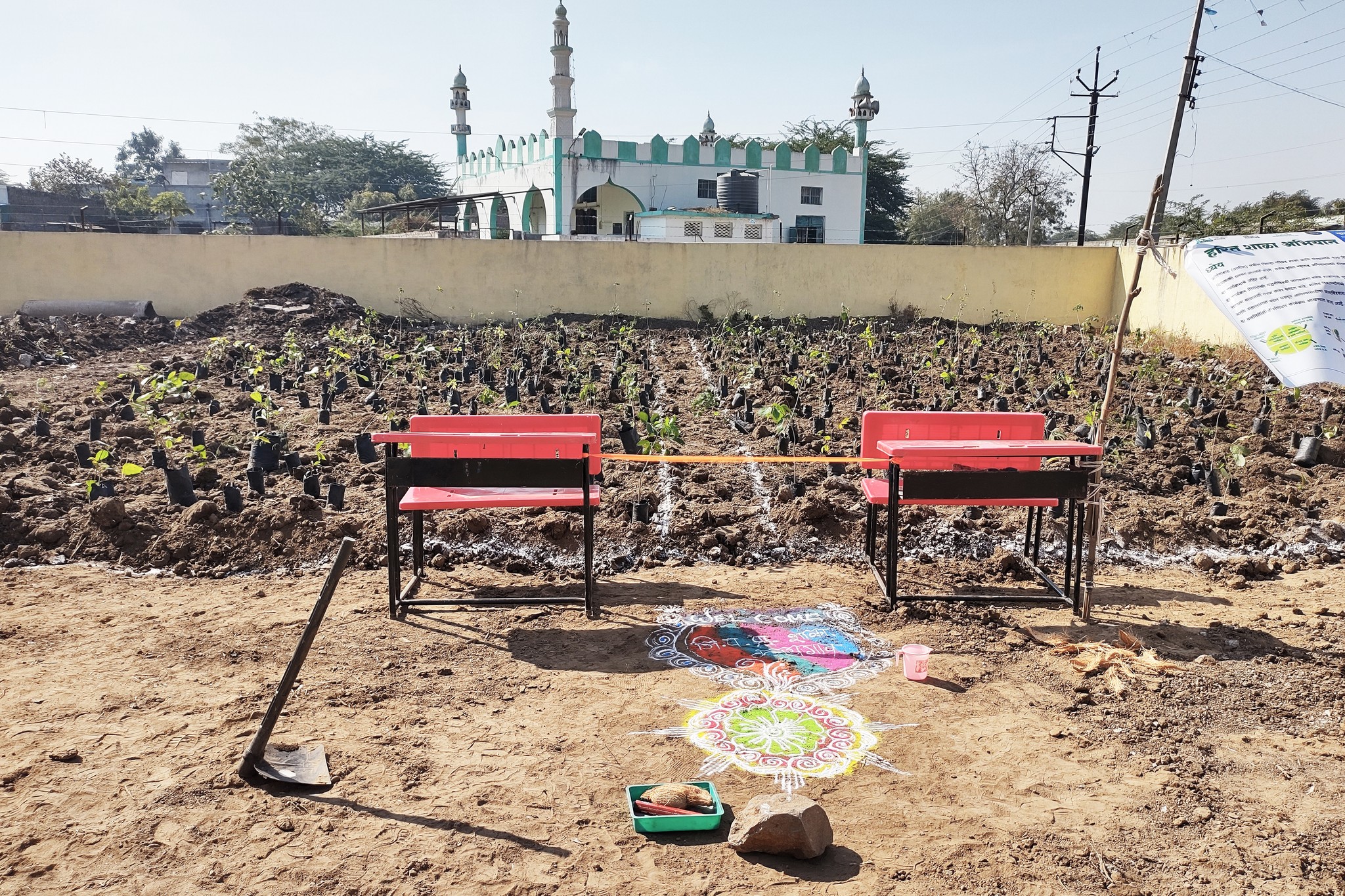
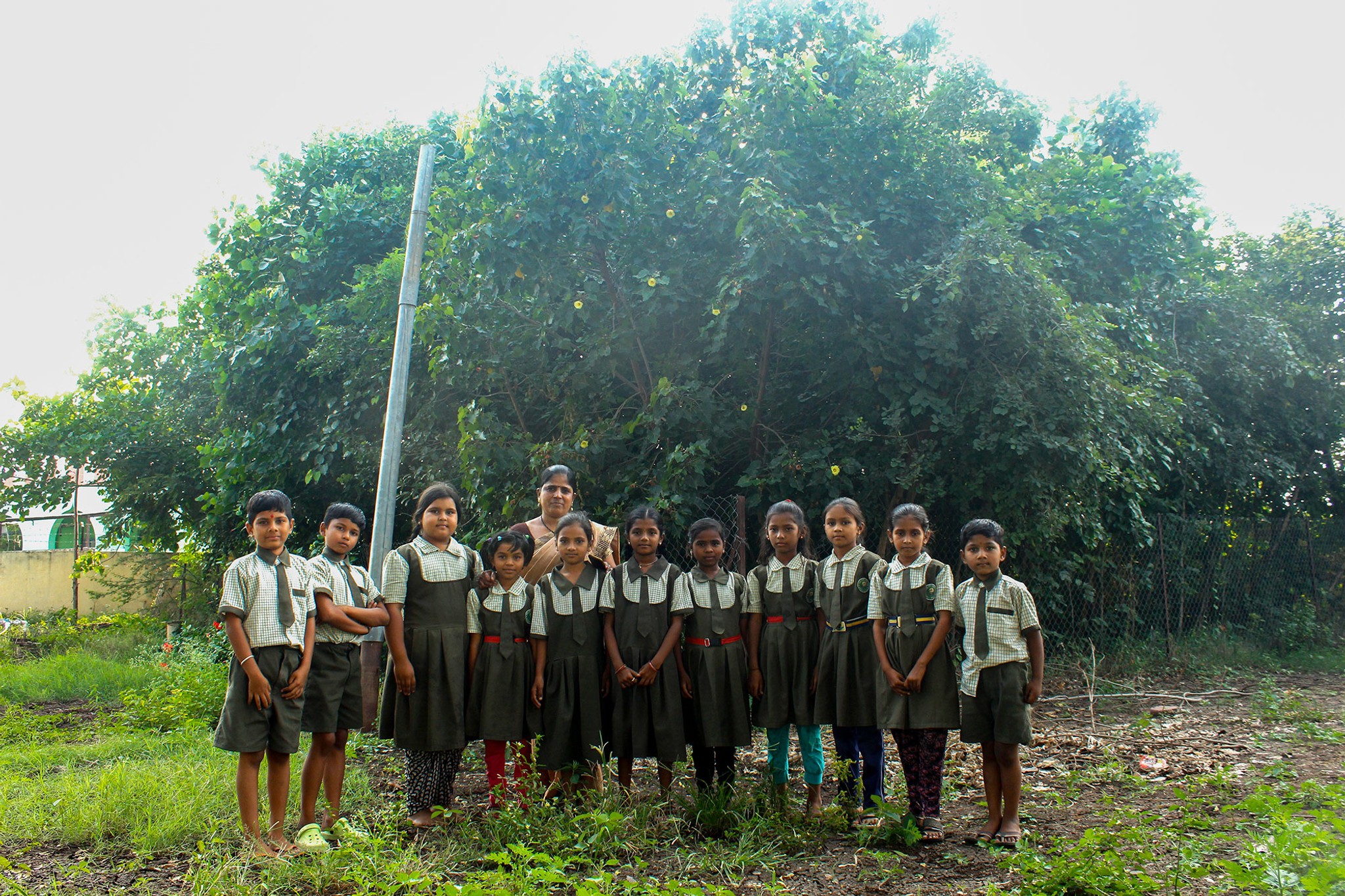

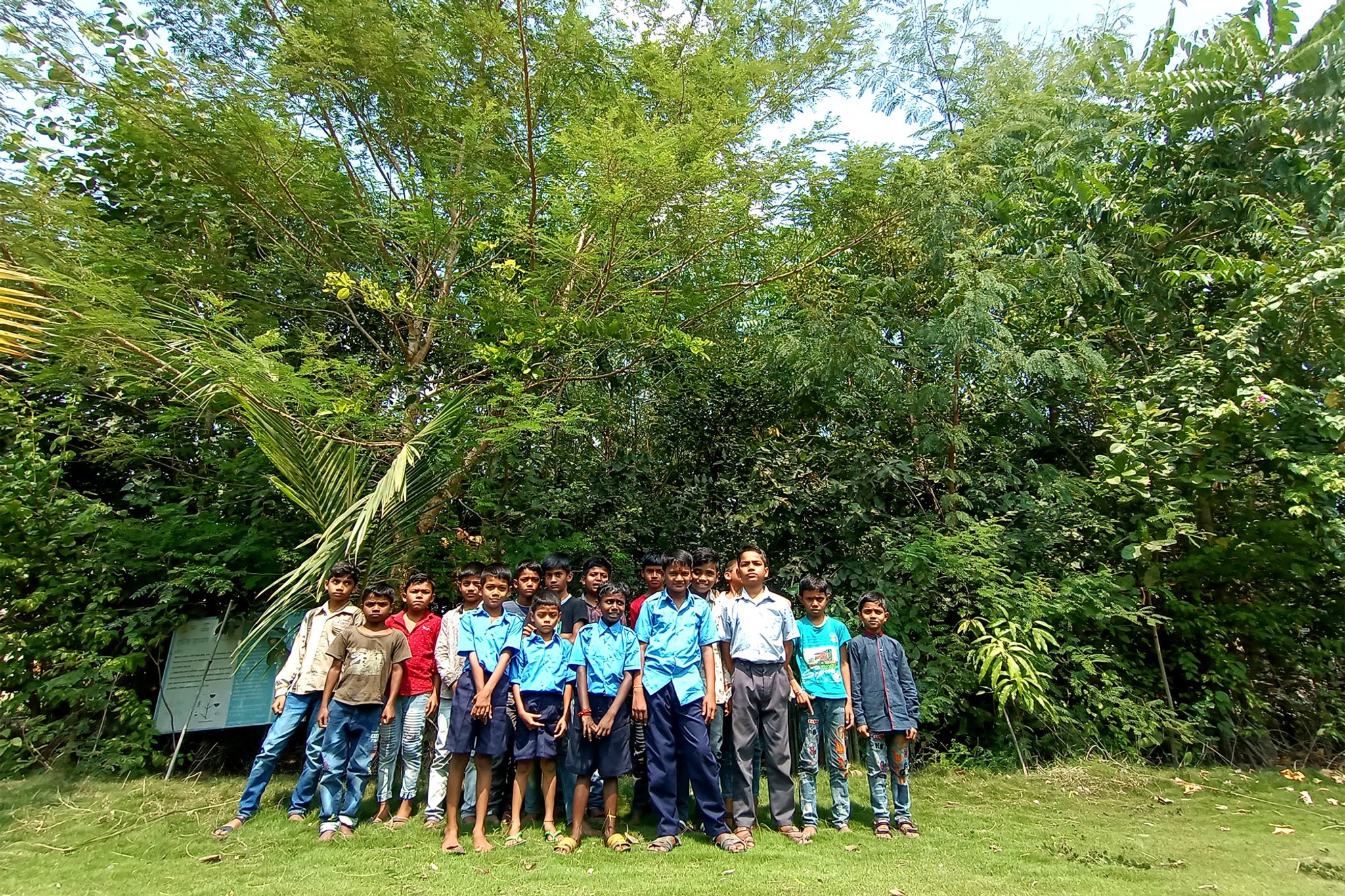

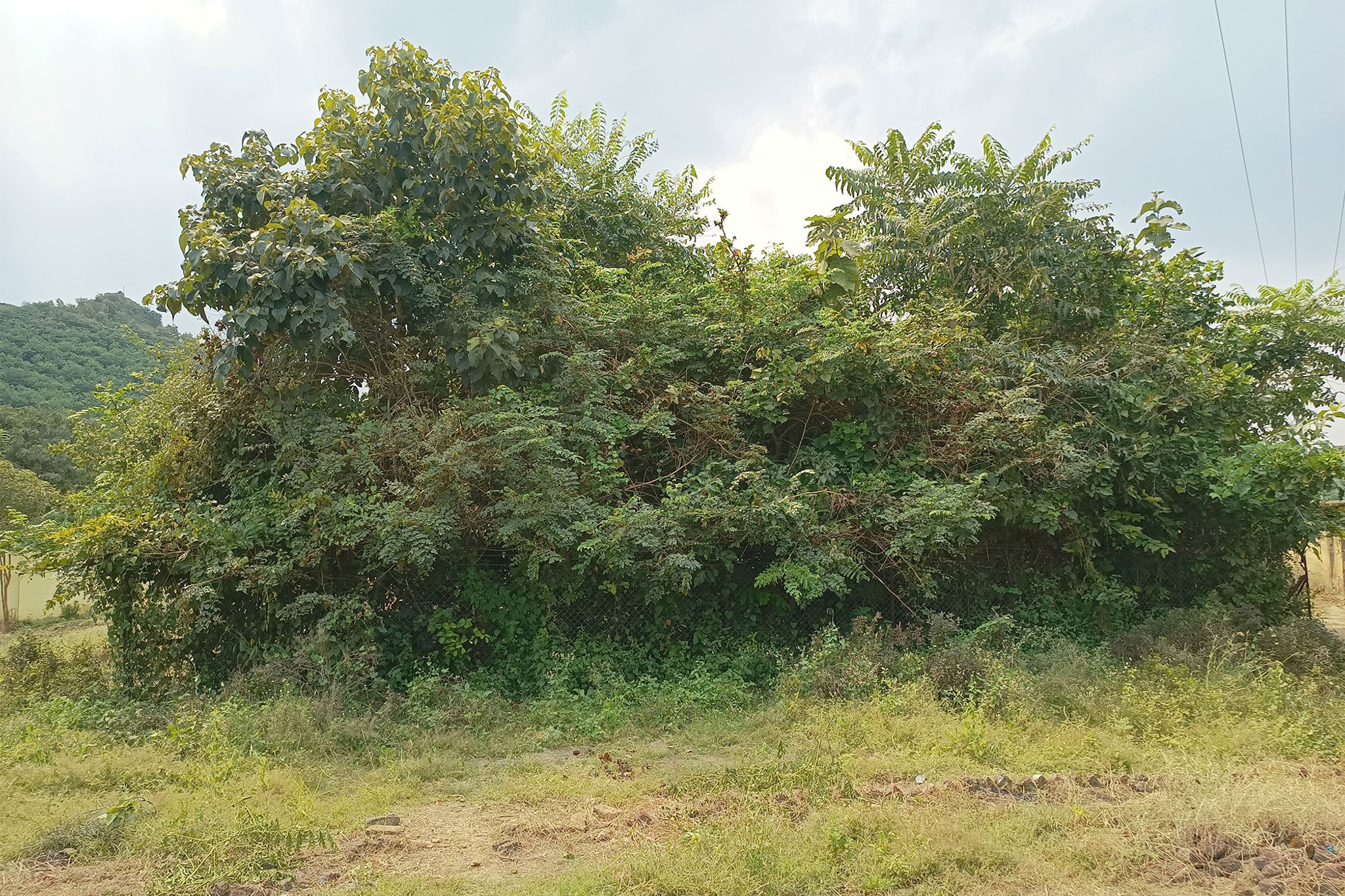

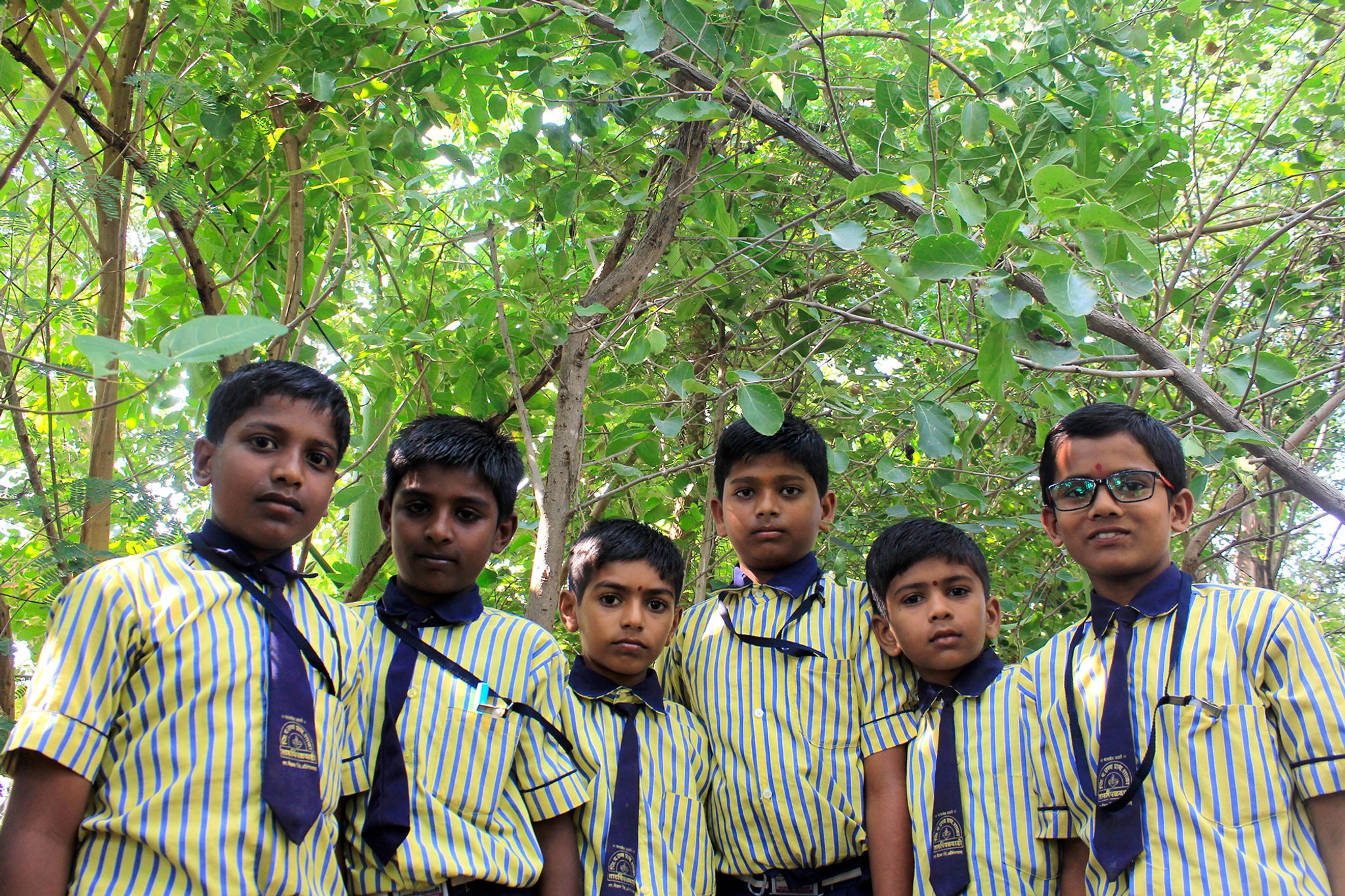
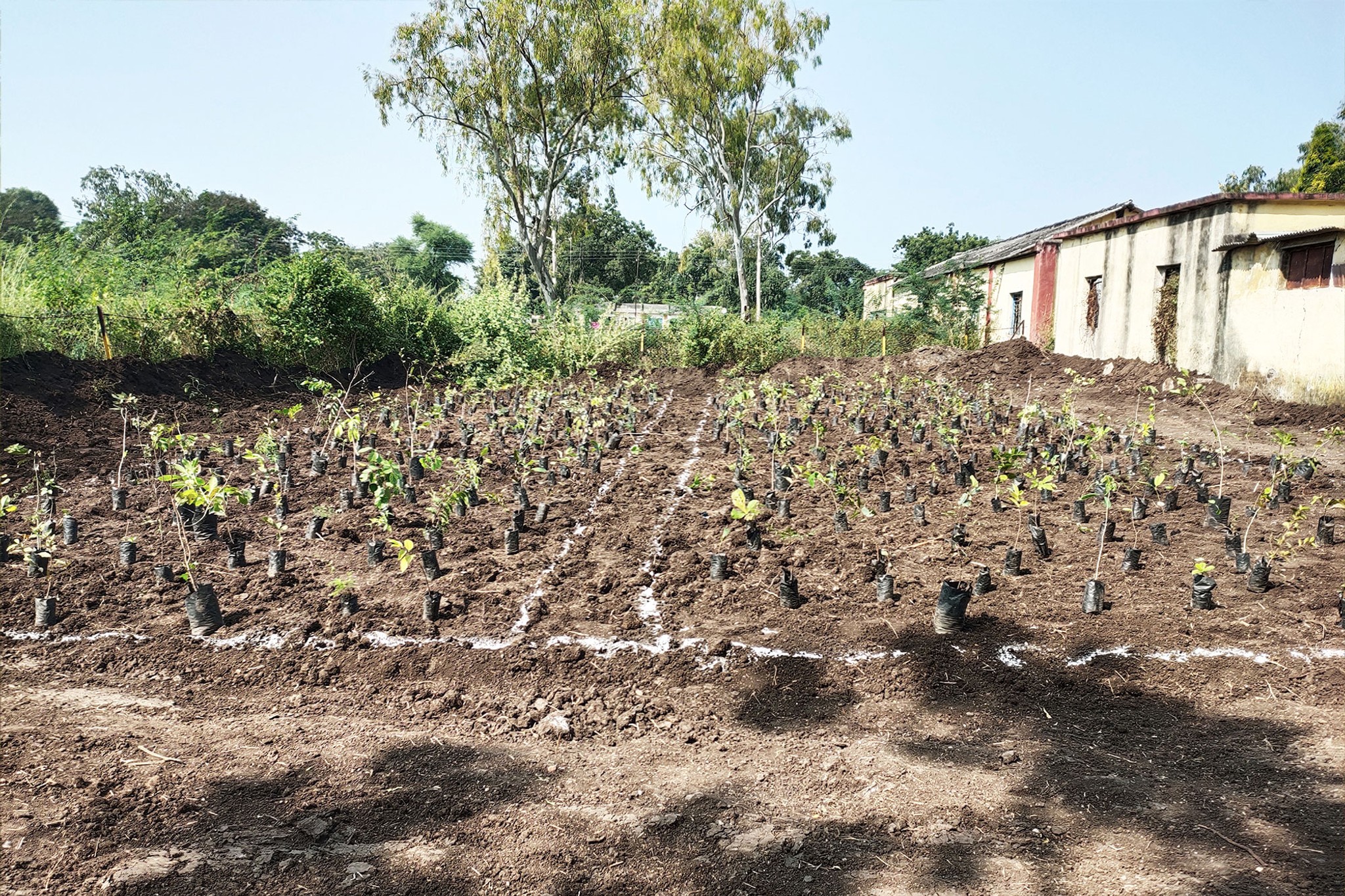





Forest Report: 2022
0 Years
Forest Age
0%
Survival Rate
0m
Tallest Tree
At 2 years, these school forests are thriving, showing an excellent survival and growth rate. Currently, the tallest species across the forests include: Indian rosewood (Dalbergia sissoo), sacred fig (Ficus religiosa) and teak (Tectona grandi).
‘The Green Schools' Mission is particularly close to our hearts because of so many reasons. Some of which relates to the spirit of partnership that is at the core of this program - a deep and meaningful partnership with the district government, villages, the schools, their teachers and students, the community, the forest department, SUGi and Ecosattva. And all the people within these entities coming together to successfully execute these forests in fifty schools.’
- Natasha Zarine, Director, Ecossatva
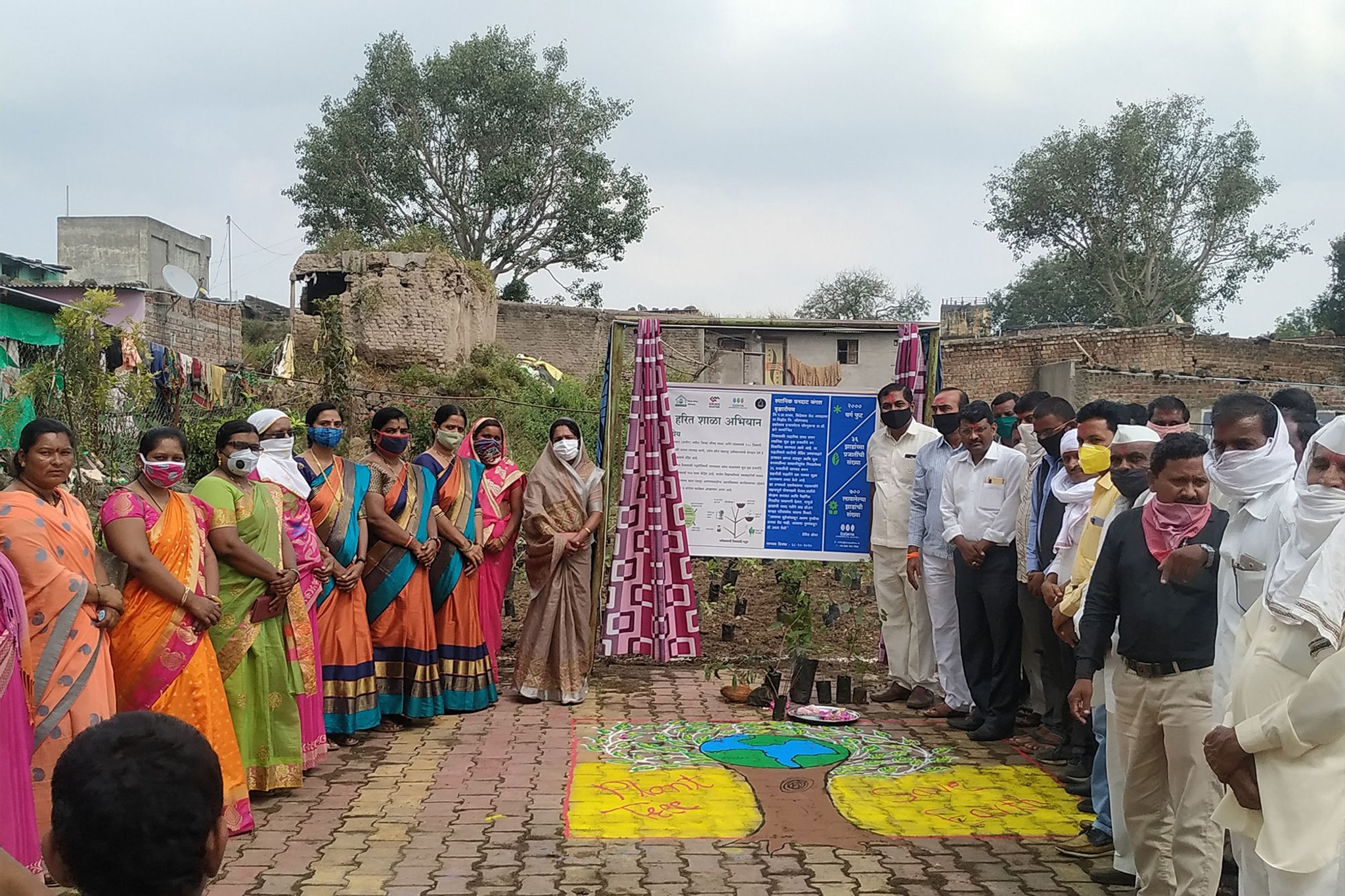




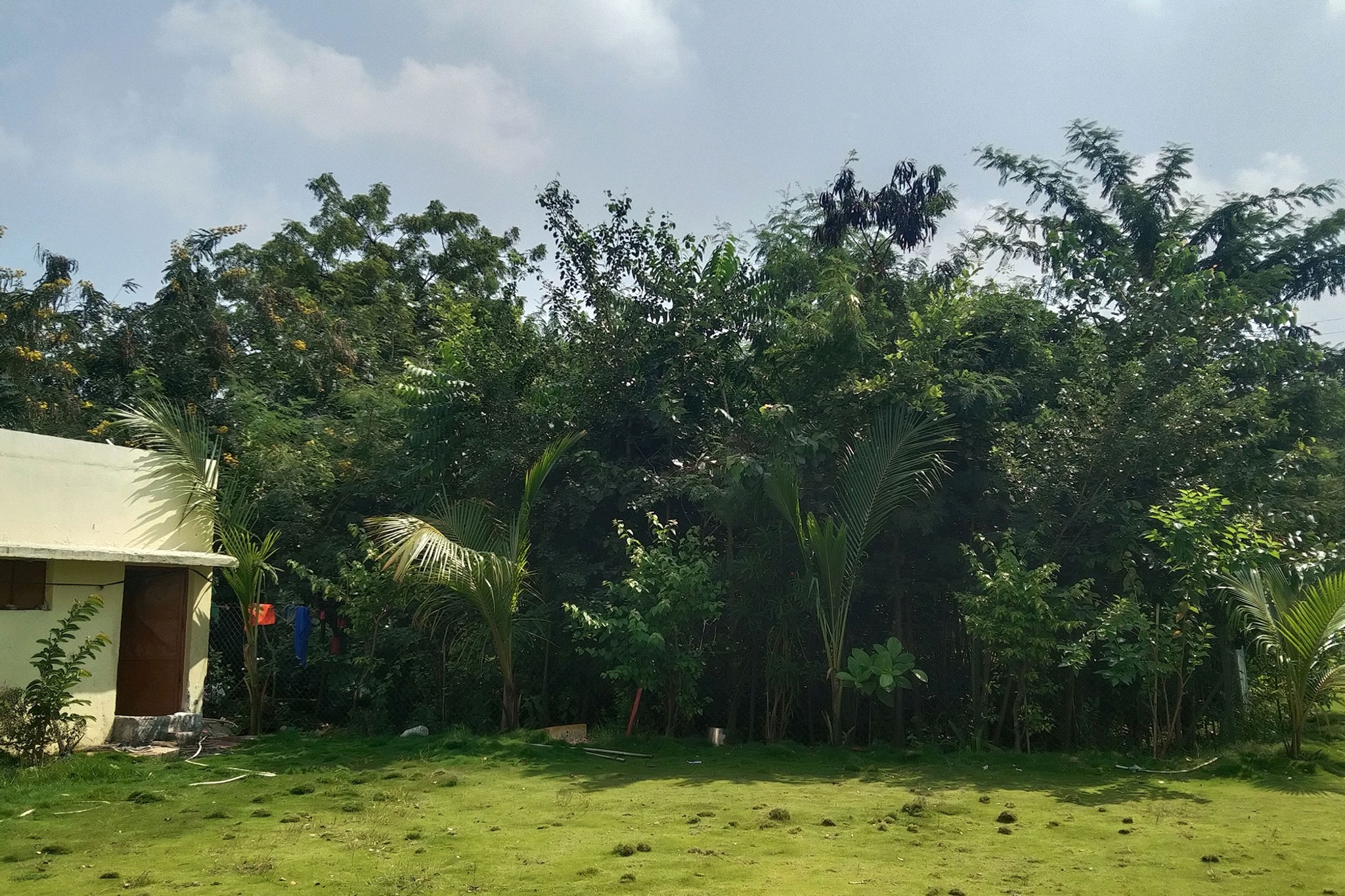
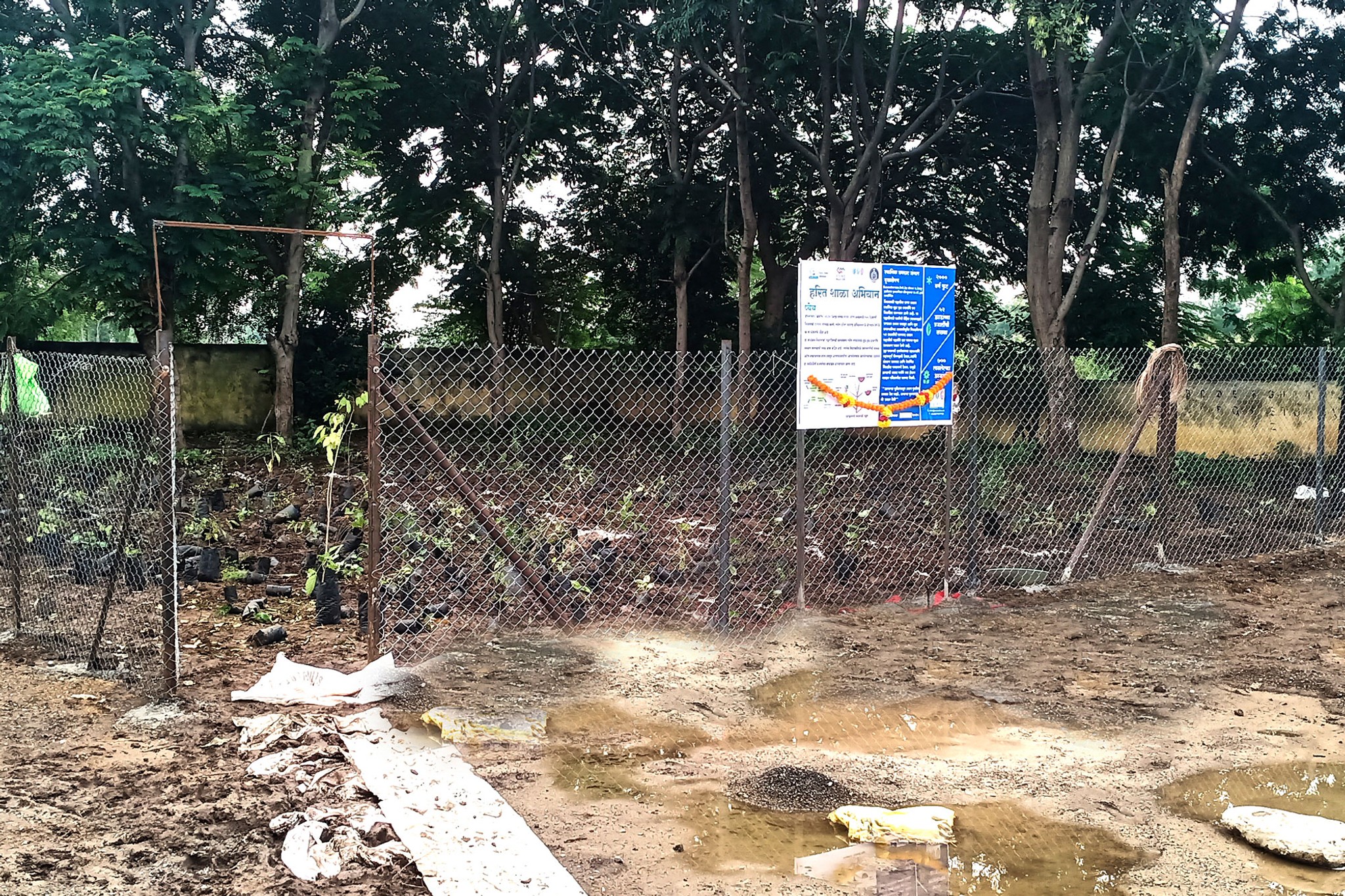
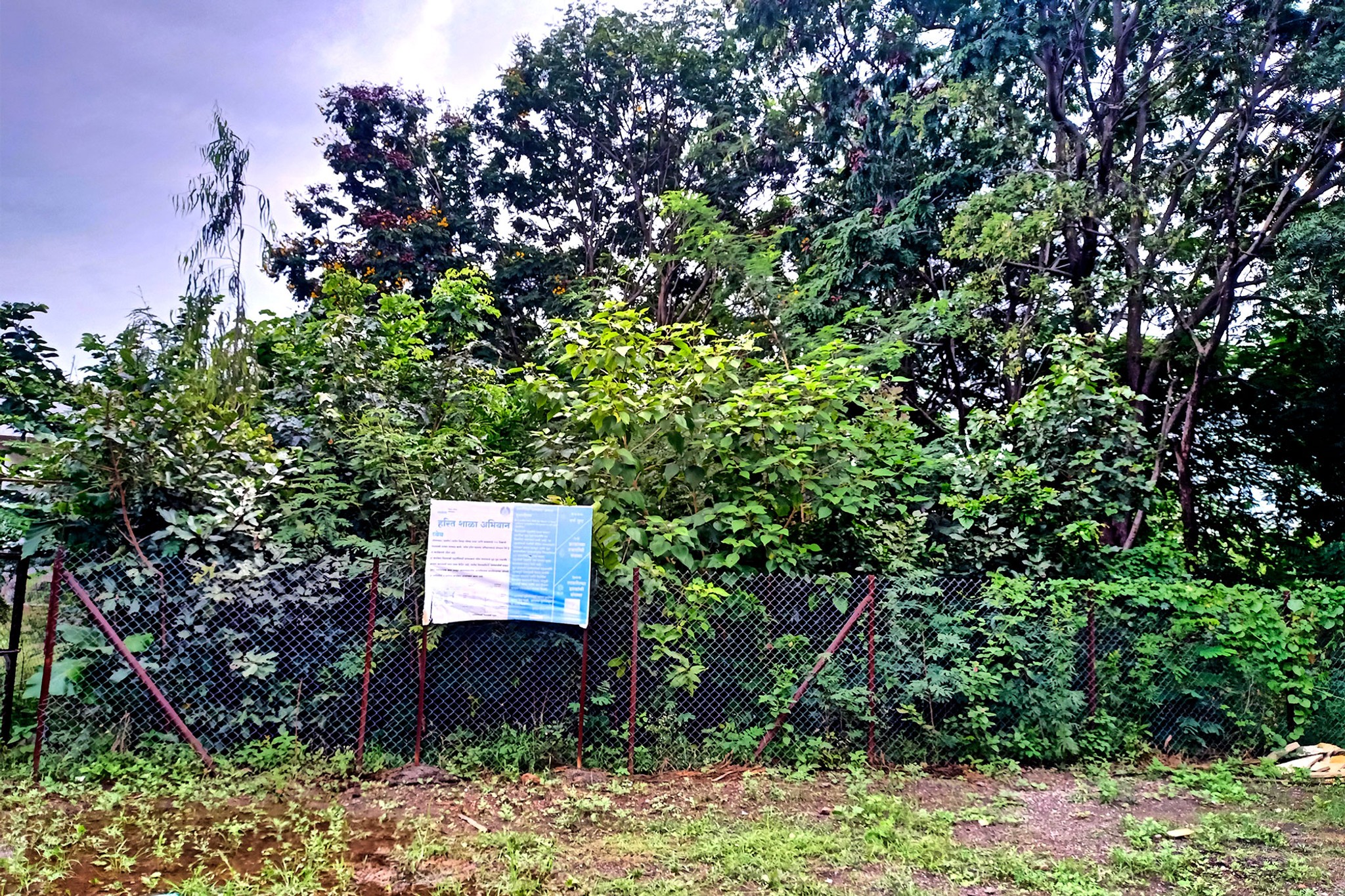

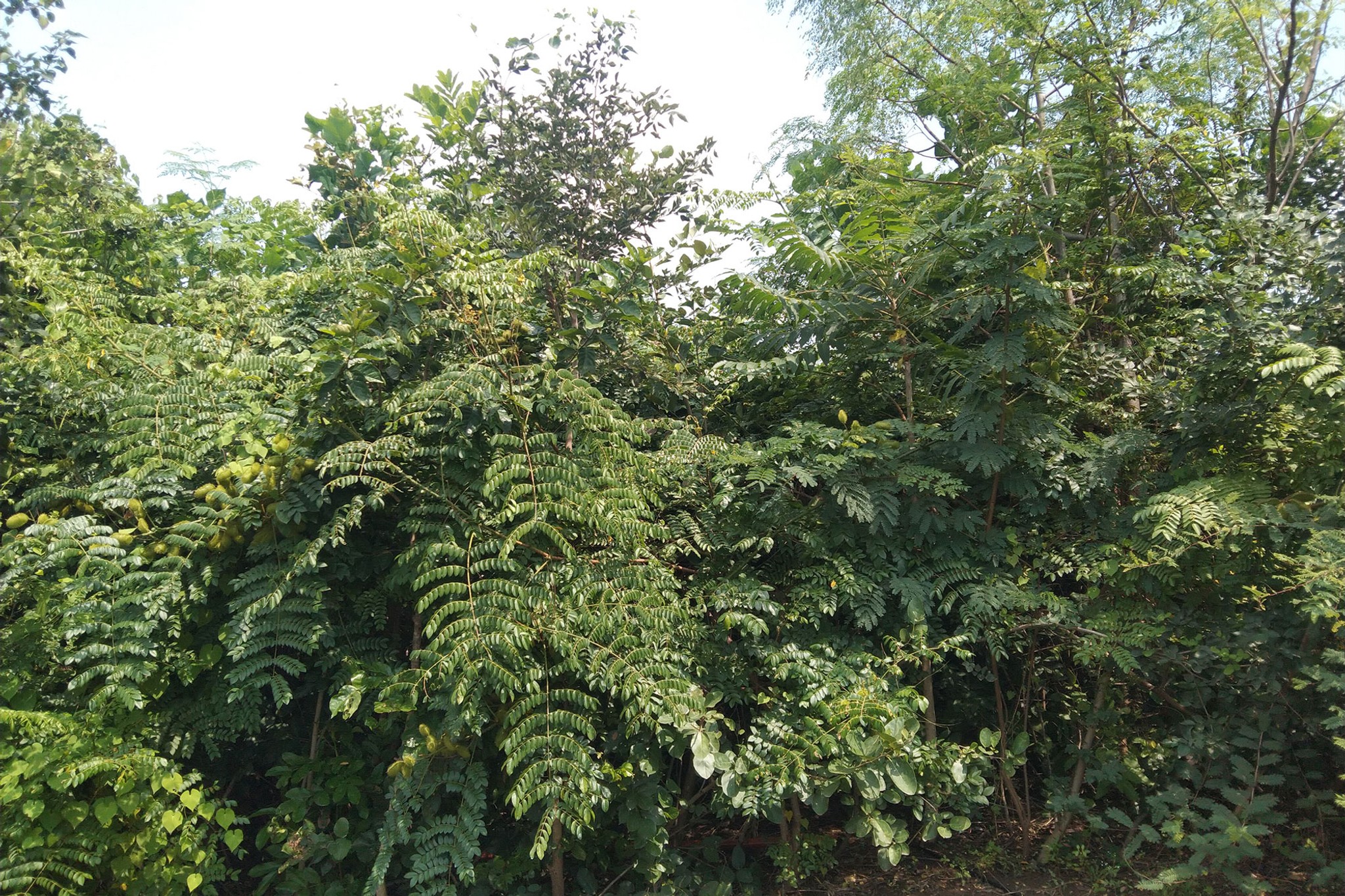
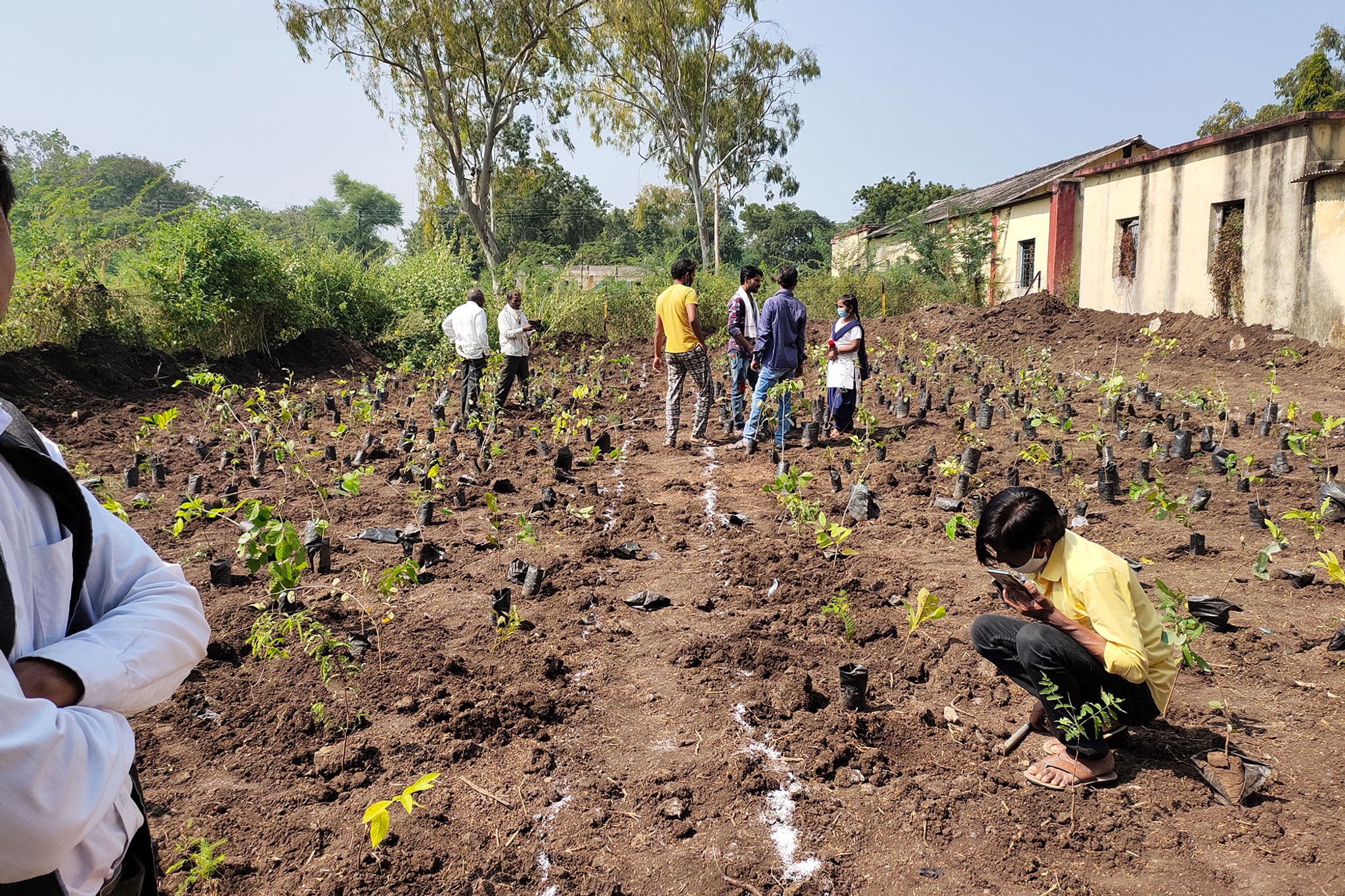
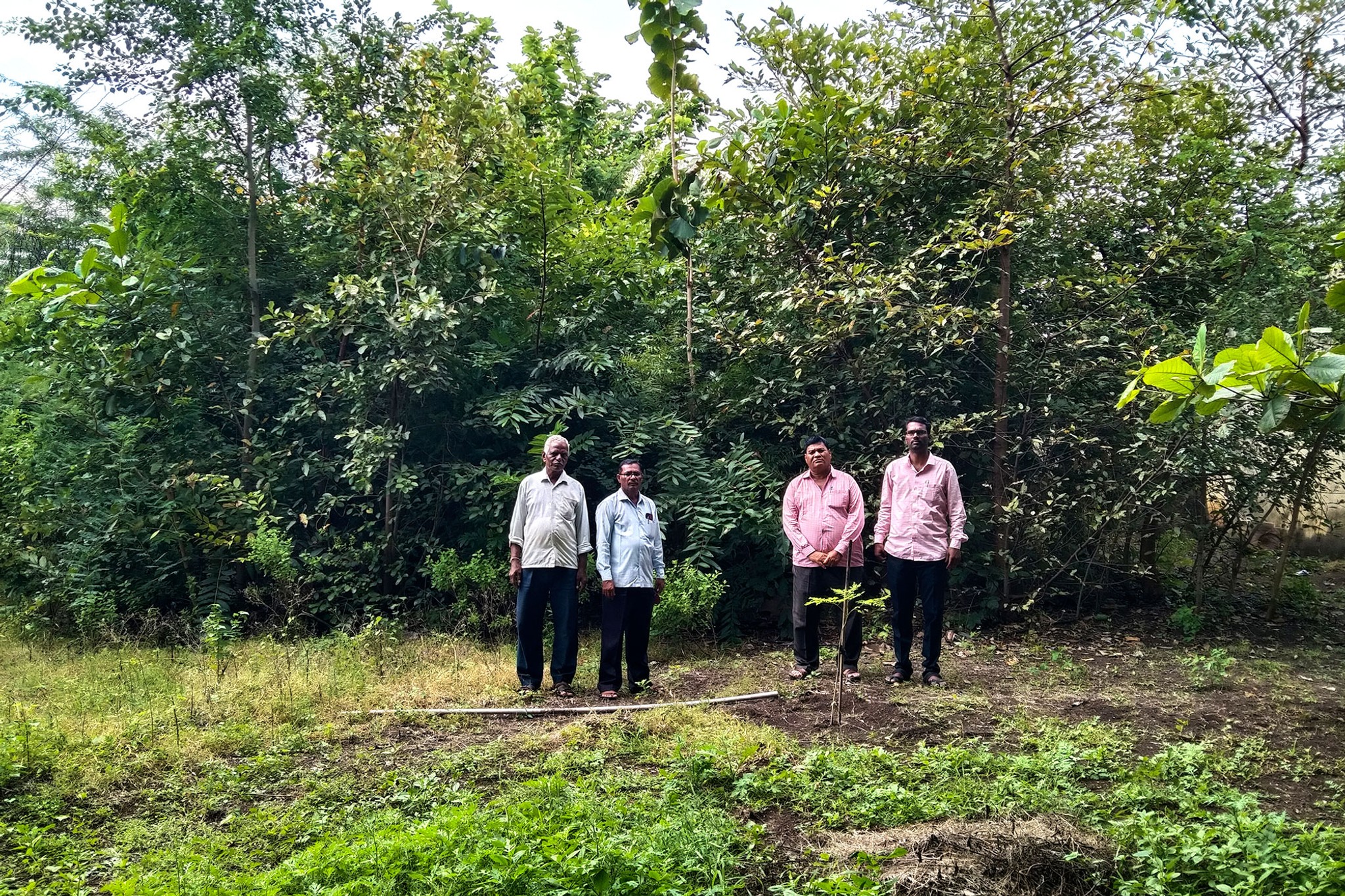

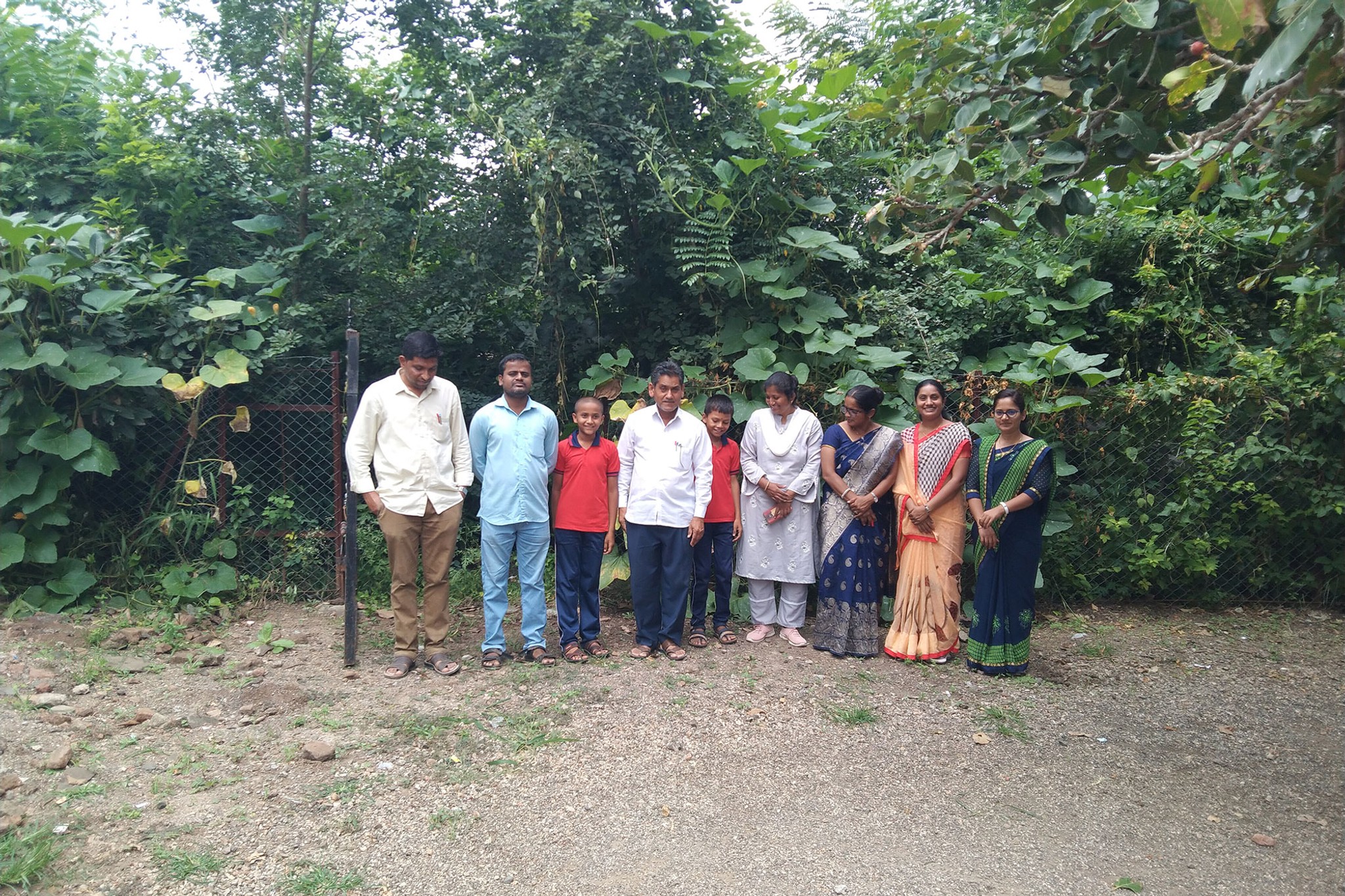

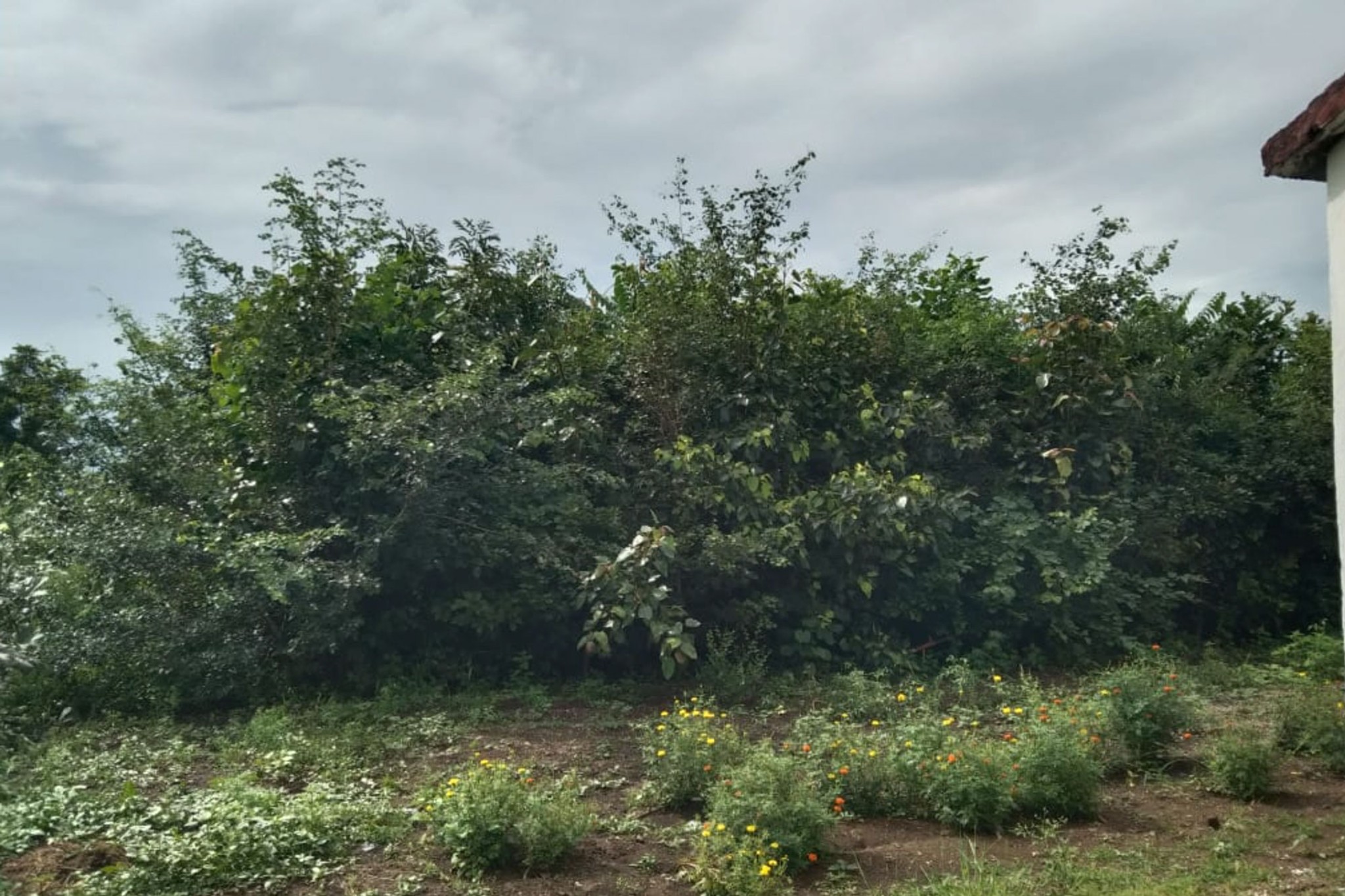

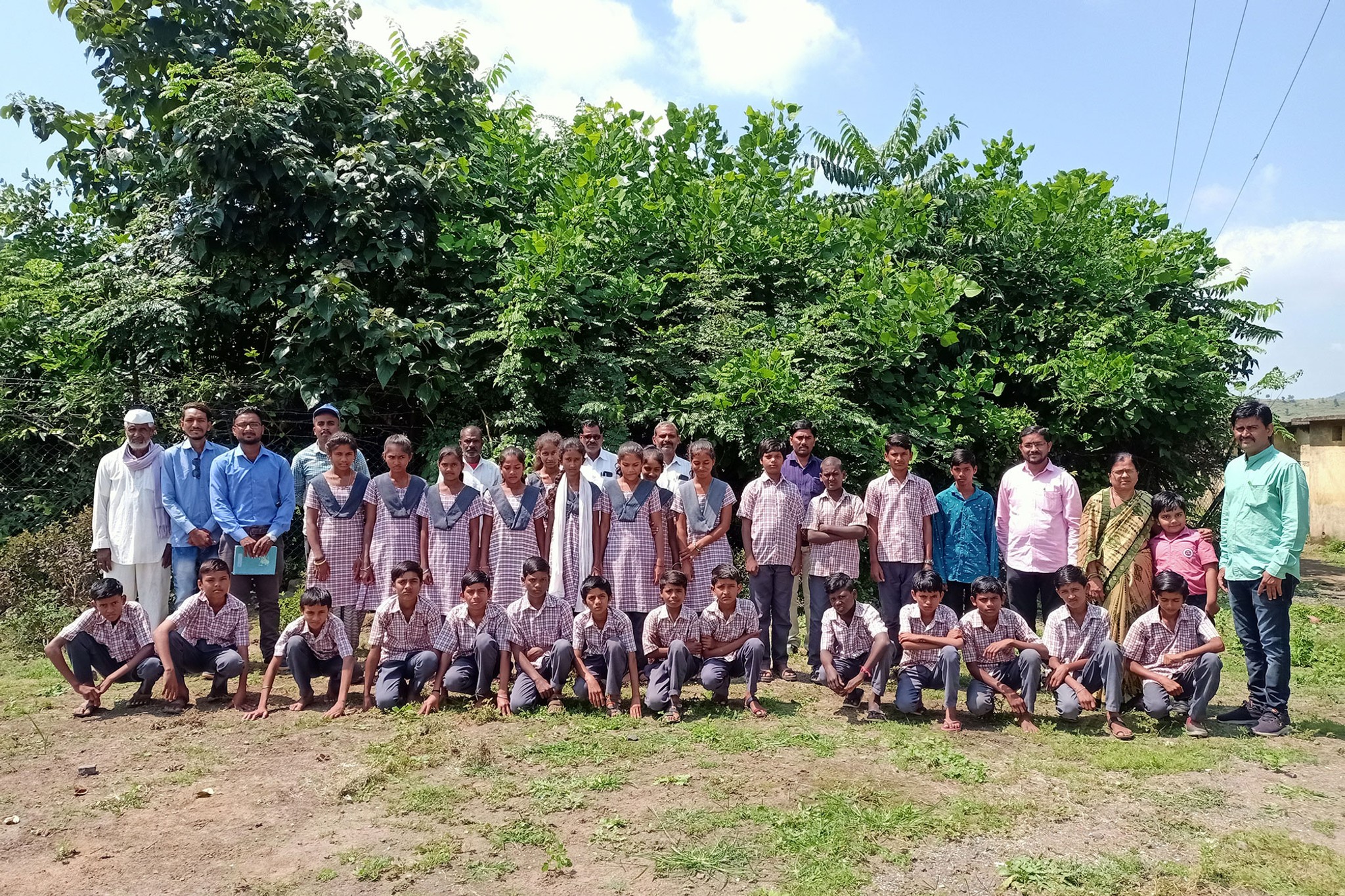
“94% of Marathwada’s land area has no green cover. This poses a serious challenge to sustainable development.Our mission is to bring everybody in Marathwada together to plant neighbourhood forests. This effort can help the planet as a whole and prevent local natural disasters like drought, floods and landslides. We must remember that the little drops of water, the little grains of sand make a mighty ocean.”
Praveen Srivastava, CCF & Dy. DG of Social Forestry dept (Marathwada region)
Forest Report: 2021
0 Year
Forest Age
0%
Survival Rate
0m
Tallest Tree
Across these school forests, the Shivan tree (Gmelina arborea) and Peepal (Ficus religiosa) are showing the greatest height growth.
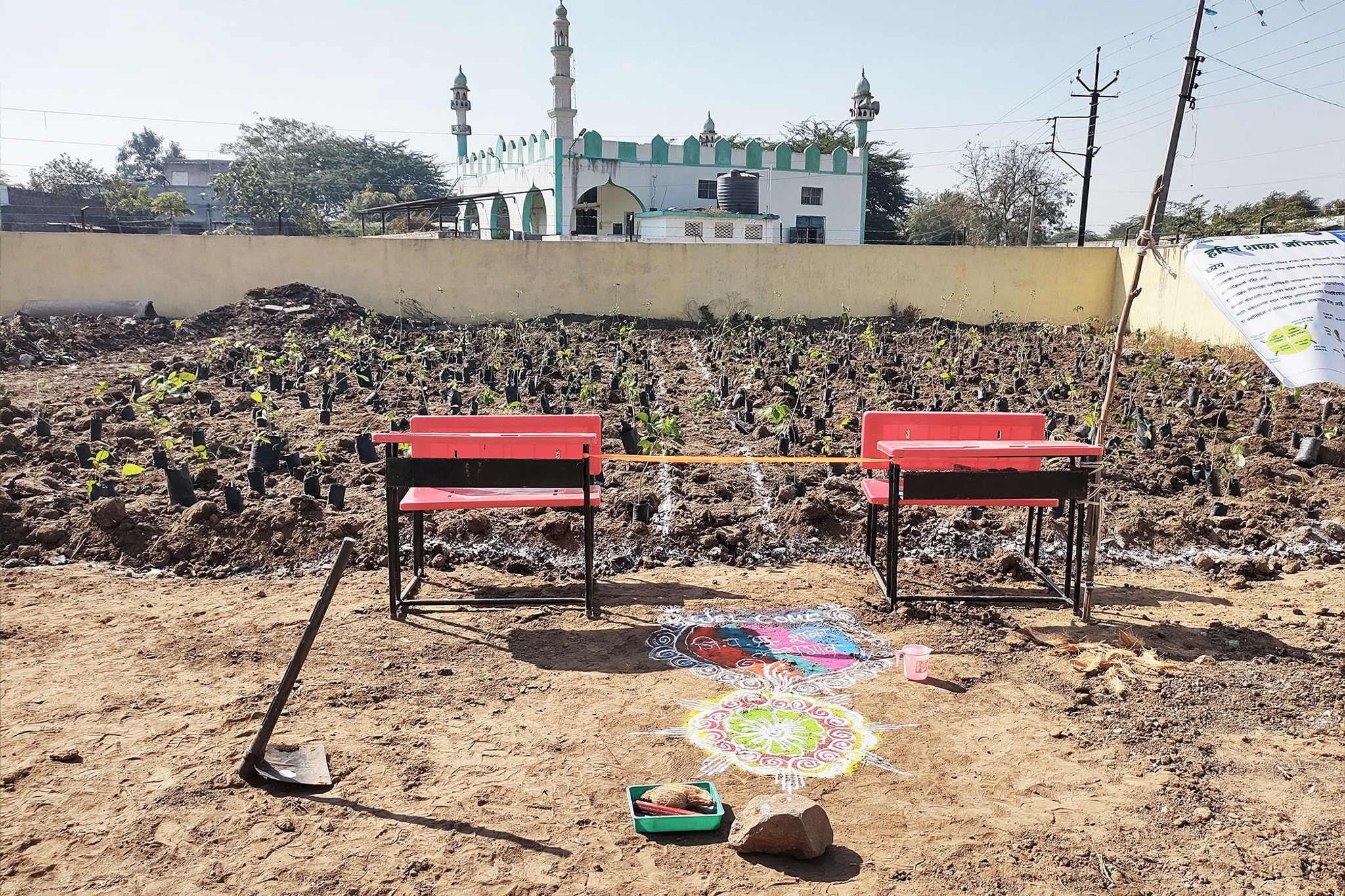
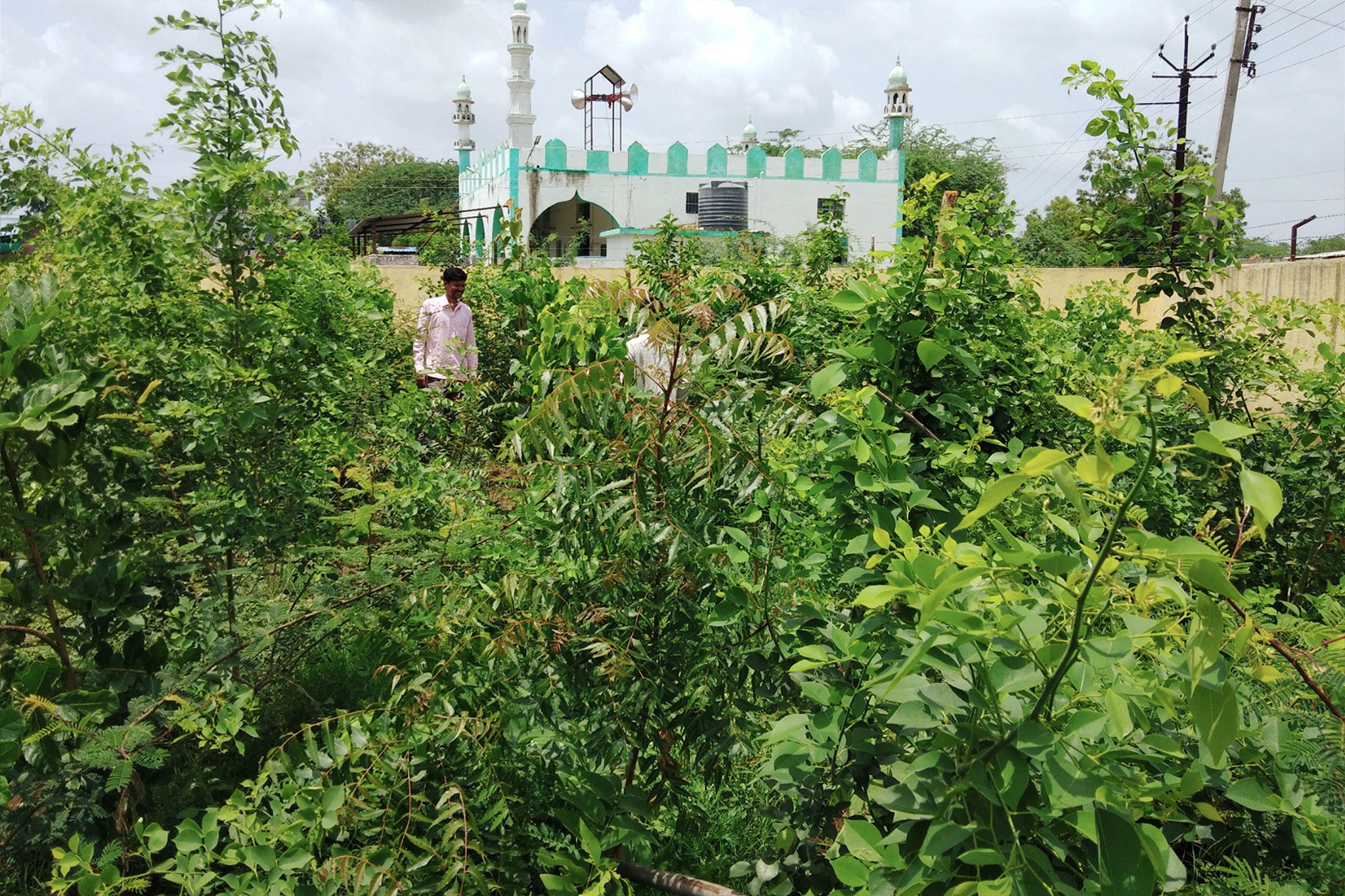

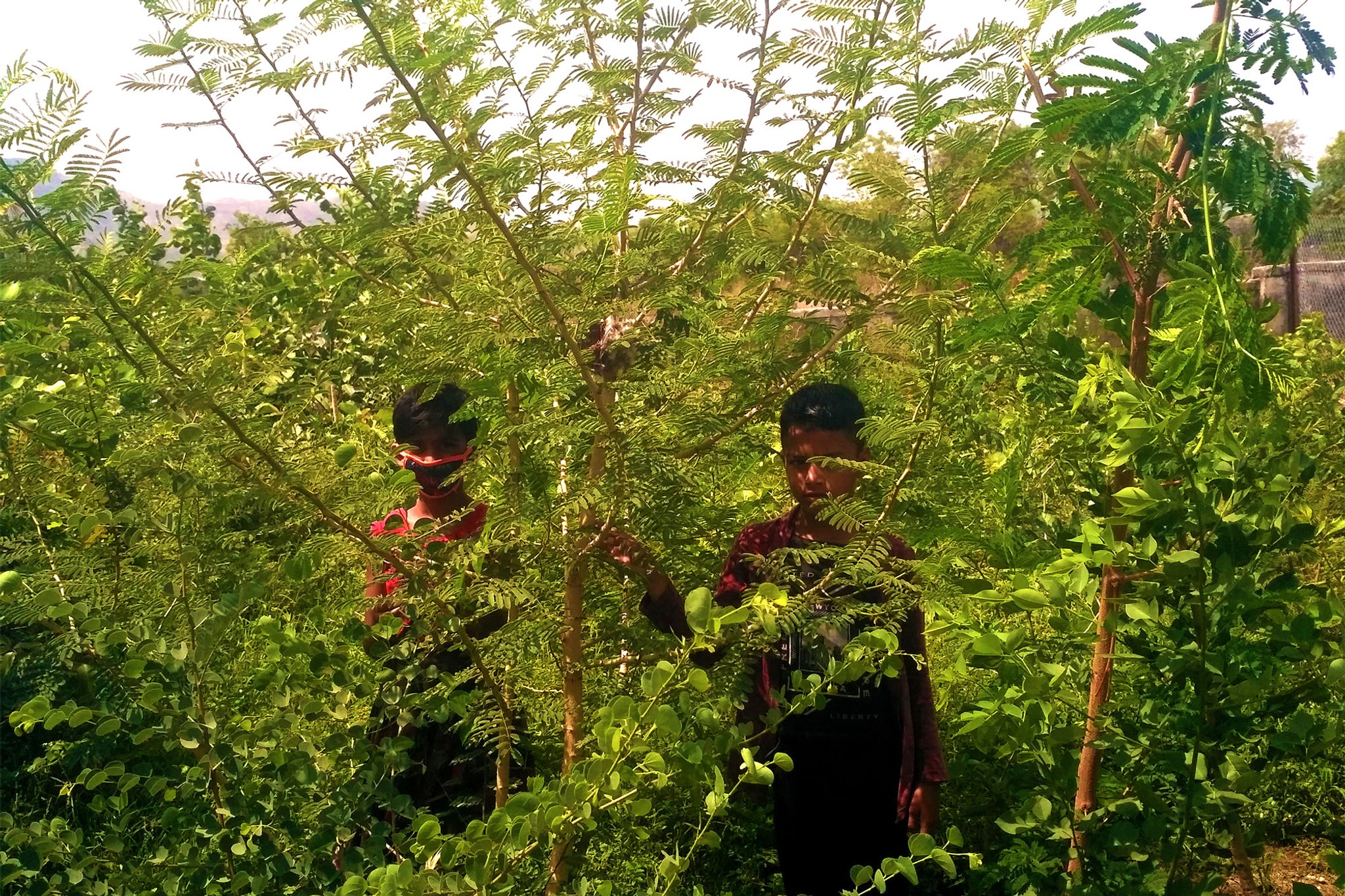

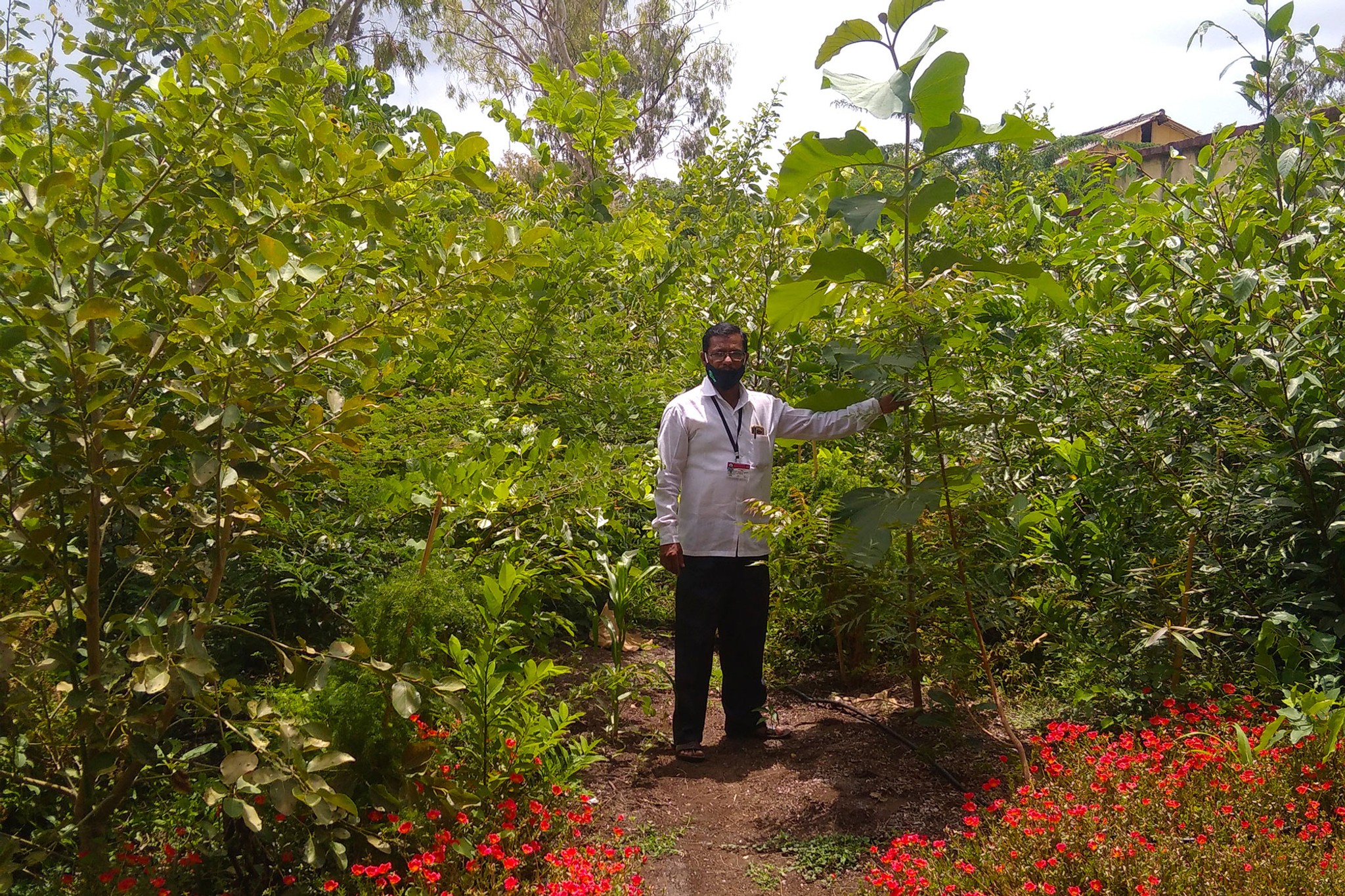
Planting: September - December 2020
Schools with impact
This program also focuses on spreading awareness about the need for native species conservation to schools. The program is designed in a way to instil ownership of the forests and the impact that the school will make through nurturing it to maturity.
